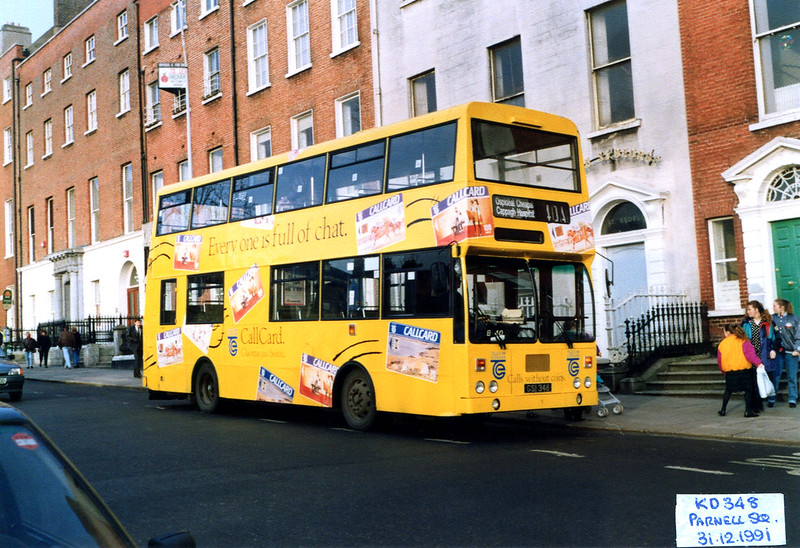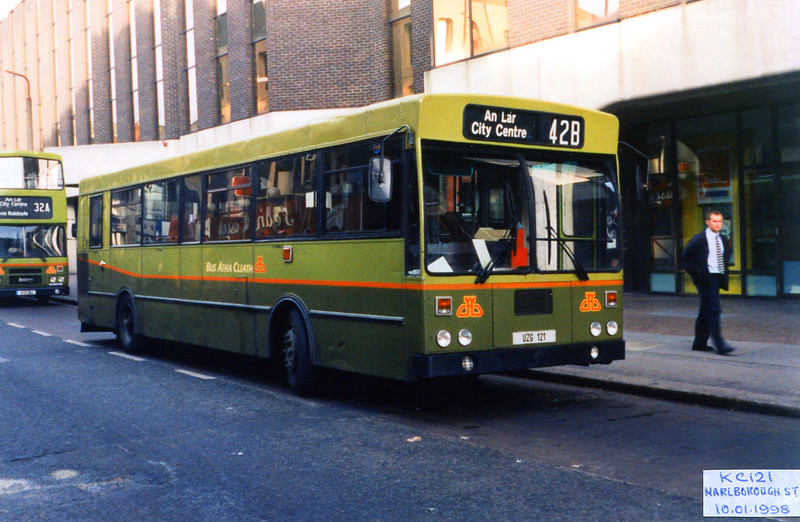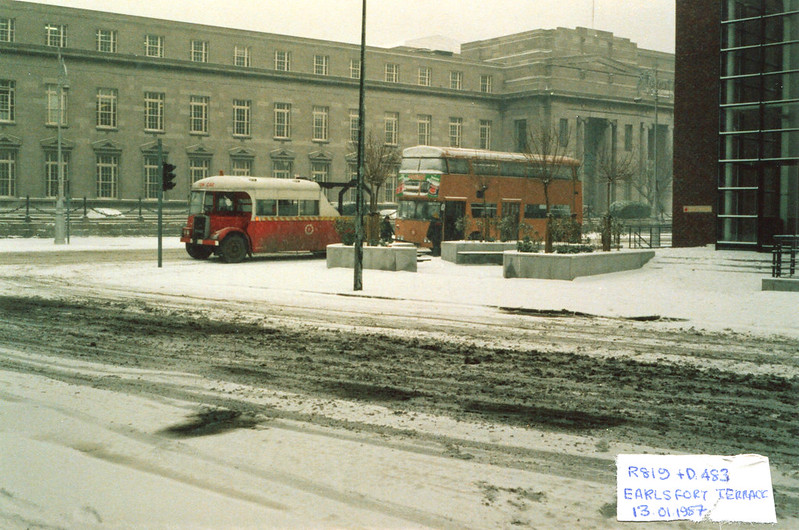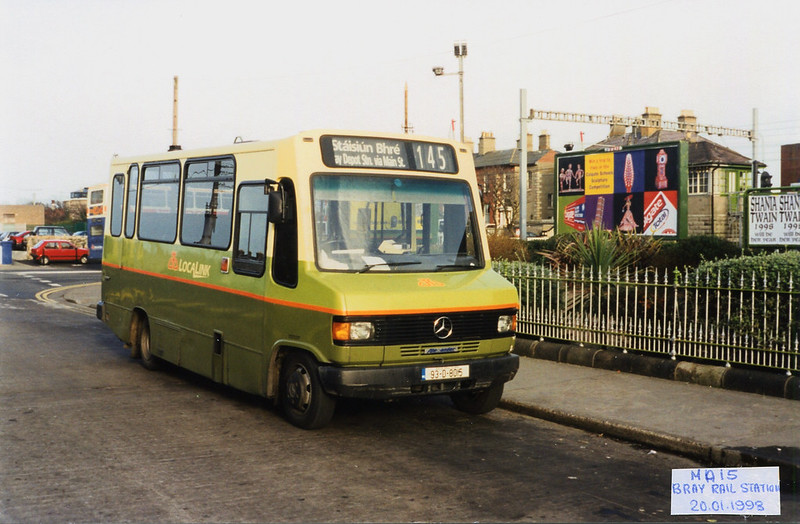Originally posted by rasher
View Post
This is a 1948 map of Dublin. The yellow on the roads represent the bus routes. The 83 is the yellow line terminating at the schools on Armagh Road:













Comment